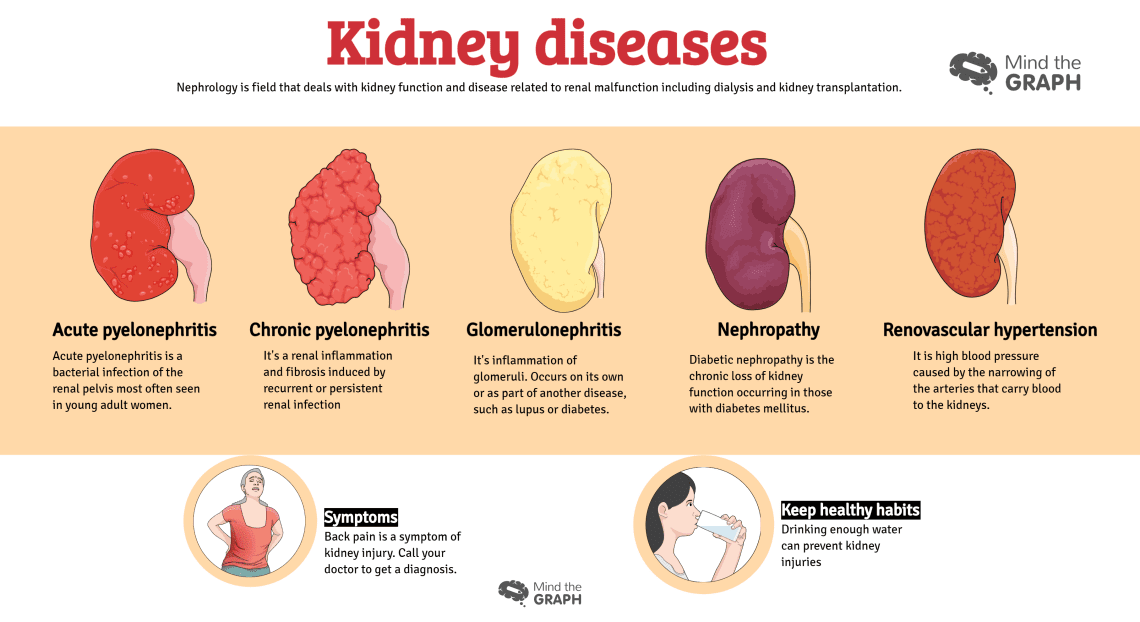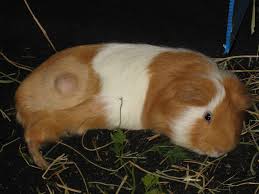
Diseases of the urinary organs
Cystitis
Of all the diseases of the urinary organs of guinea pigs, cystitis is perhaps the most common. Its clinical manifestations are restlessness and frequent attempts to pass urine, which are unsuccessful. The urine may be bloody. Sulfonamide (100 mg/kg body weight, subcutaneously) sometimes in combination with 0,2 ml of Bascopan as an antispasmodic, which should work within 24 hours. Treatment, however, must be continued for 5 days, otherwise a relapse may occur. In parallel with sulfonamide treatment, a resistance test should be performed so that, if sulfonamide treatment fails, a therapeutically effective drug is known. If antibiotic treatment within 24 hours does not have the desired effect, an x-ray is urgently needed, as guinea pigs can have urinary sand and stones.
Stones of the bladder
Stones can be detected by x-ray, in some cases it is also necessary to examine the urinary sediment under a microscope. For this, urine is collected in a hematocrit microtubule and squeezed out by centrifugation. The contents of the hematocrit microtubule can be seen under a microscope.
Bladder stones must be removed surgically. To do this, the guinea pig must be euthanized and tied up in a supine position. The abdomen must be shaved away from the chest and disinfected with 40% isopropyl alcohol. Opening of the abdominal cavity should be made along the midline of the abdomen after skin incision; in size it should be such that the bladder can be in the position of presentation. The stone or stones must first be felt to determine the required amount of bladder opening. The stone is pressed with the thumb and forefinger against the wall of the bladder in the Fundus area and serves as a lining for the scalpel. The opening of the bladder should be large enough to allow easy access to the stones. In the end, the bladder should be thoroughly rinsed with Ringer’s solution, heated to body temperature, so as not to cause a strong cooling of the animal. The bladder is then closed with a double suture. Closure of the abdominal cavity is performed in the usual way. The animal is injected with sulfonamide (100 mg / i 1 kg of body weight, subcutaneously) and kept under a red lamp or on a warm bed until full awakening.
Cystitis
Of all the diseases of the urinary organs of guinea pigs, cystitis is perhaps the most common. Its clinical manifestations are restlessness and frequent attempts to pass urine, which are unsuccessful. The urine may be bloody. Sulfonamide (100 mg/kg body weight, subcutaneously) sometimes in combination with 0,2 ml of Bascopan as an antispasmodic, which should work within 24 hours. Treatment, however, must be continued for 5 days, otherwise a relapse may occur. In parallel with sulfonamide treatment, a resistance test should be performed so that, if sulfonamide treatment fails, a therapeutically effective drug is known. If antibiotic treatment within 24 hours does not have the desired effect, an x-ray is urgently needed, as guinea pigs can have urinary sand and stones.
Stones of the bladder
Stones can be detected by x-ray, in some cases it is also necessary to examine the urinary sediment under a microscope. For this, urine is collected in a hematocrit microtubule and squeezed out by centrifugation. The contents of the hematocrit microtubule can be seen under a microscope.
Bladder stones must be removed surgically. To do this, the guinea pig must be euthanized and tied up in a supine position. The abdomen must be shaved away from the chest and disinfected with 40% isopropyl alcohol. Opening of the abdominal cavity should be made along the midline of the abdomen after skin incision; in size it should be such that the bladder can be in the position of presentation. The stone or stones must first be felt to determine the required amount of bladder opening. The stone is pressed with the thumb and forefinger against the wall of the bladder in the Fundus area and serves as a lining for the scalpel. The opening of the bladder should be large enough to allow easy access to the stones. In the end, the bladder should be thoroughly rinsed with Ringer’s solution, heated to body temperature, so as not to cause a strong cooling of the animal. The bladder is then closed with a double suture. Closure of the abdominal cavity is performed in the usual way. The animal is injected with sulfonamide (100 mg / i 1 kg of body weight, subcutaneously) and kept under a red lamp or on a warm bed until full awakening.





